|
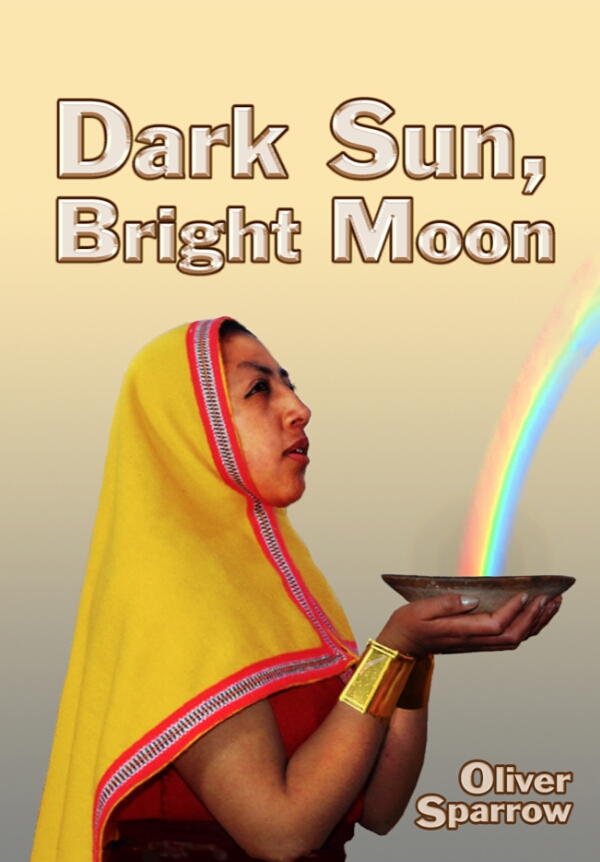

Dark Sun, Bright Moon describes people isolated in the Andes, without the least notion of outsiders. They evolve an understanding of the universe that is complementary to our own but a great deal wider. The book explores events of a thousand years ago, events which fit with what we know of the region’s history.
So this is a history book?
That’s quite hard to answer. It’s somewhere between alternative history and alternate reality. It described a people isolated in the Andes for 10,000 years, without the least notion of outsiders. They evolve an understanding of the universe that is complementary to our own but a great deal wider. It is a universe without gods but with intelligences more or less linked to, more or less interested in our own. None of this is “mystical”, however, but a consequence of the structure of the universe, a structure which the local people of the Andes still dimly recall. The book uses these concepts to explore events of a thousand years ago, events which fit with what we know of the region’s history. The Huari empire fell, very suddenly. Tihuanacu fell about thirty years later. The core of the Inca civilisation was established in Cusco in the decades after that.
Tell us who the main characters are.
We first meet Q’ilyasisa (Moon Flower) as a young girl in the obscure little village of Jimbe. She has had a difficult life. What we know and she does not is that she it heir to a yachaq’ legacy. Now, we have to wander off the narrative a little. First, in this world view, people are pinched off a communal core when they are born and return to it when they die. Second, our world is sandwiched between other very different domains – not heavens and hells, but other aspects of physical reality with utterly different rules. Yachaq’ are people who can venture in these alternatives and deal with what exists in them. Second, instead of returning to the communal pool, yachaq’ can pass their heritage of skills down their line. Q’ilyasisa’s grandfather is killed, leaving a heritage of a hundred generations floating about, seeking her out.
Ultimately, Q’ilyasisa acquires this legacy. She is seized and transformed by Alcavicca – see below – to become Mama Q’ilya (Mother Moon) the legendary mother of the Incas. She is instrumental in the destruction of one empire, the Huari, the creation and destruction of a second (Tihuanacu) before forming the root of a third, the Intisuyu, the body of institutions from which the Inca grew four hundred years later.
Apus are, as we have seen, intelligences that arise due to the density of human activity. They tend to root themselves on peaks. Some are very ancient, and very intelligent. Alcavicca started life as a plain if ancient apu, rooted in the Corapuna volcano. The apus of the Huari empire have become infected with a plague with causes them to over-exploit their human communities, rendering them first near-mindless and then extremely dead. Alcavicca,working with two other apus and Q’ilyasisa’s grandfather, set out to defend the southern Tihuanacu people from this. In the process, he is violently transformed into something unique, a near demigod, and intelligence of vast scope and even vaster ego. Alcavicca launches a proto-fascist program to breed a new humanity and impose a new discipline on them, for which task he co-opts the hapless Q’ilyasisa. But he loses interest when she sets this in motion, and moves on to an even grander plan, one that has fundamental implications for all of us.
Who else do we need to meet?
Lyacsa, a fat old slaver in the murderous coastal culture of Chimu? Atocatuc, a psychopathic intellectual who tries to build an apu that he can control? Taruka, Q’ilyasisa’s much put upon mother? Ci’ap, her tutor in the many-thousand year old yachaq’ centre of Chavin? Usco the saqra, who manifests as a puma, or his best friend Sacsayhuaman, the testy apu of Q’oshqo? Apurimac, the pupil of Q’ilyasisa’s grandfather, her mentor and friend?
Who is this book aimed at?
It will grip people who love imaginative fiction that has a self-contained rationale at its core. If you enjoy exploring wholly alien cultures, this is for you. If you have wondered whether shamanism or random drug use will get you to another world, well, read on: they won’t, but these people knew a better way. If you want to meet a thinking soul of a community, an apu, here’s where you do it. (You can still go up to where one is anchored today, in Peru, but it will probably now be named after a saint and it’s unlikely to answer your questions.) Meet a saqra embodied as a jet black puma? Usco is waiting for you.
The writing may be dense for the very young, and the lack of cosiness may alienate others. But everyone seems to agree that it rips along.
Tell us a bit about yourself.
African born, Oxford educated scientist who wound up in an oil company. That got me to Peru for the first time. Then a director at the Royal Institute for International Affairs, Chatham House; parallel consultancy, some good startups when the Internet was a novelty, now spread rather too widely across general consulting, gold mining, waste management… I grow orchids and enjoy seeing them in the wild. That has taken me up the Himalayas twenty times, all over the Andes, into the Pacific jungles. And dogs – three of them, which take me for walks on which I discard much of what I typed that morning.
Do you have a website?
http://www.darksunbrightmoon.com/
What’s next for you?
Right now I have a mine to commission and the fifteen months that it took to write Dark Sun, Bright Moon has been very intense. This book would make an amazingly distinctive movie, and there has been little or no mainstream interest in the Andes and their cultures. If people like it, perhaps I will see if I can raise the money. Would-be Q’ilyasisas please form an orderly queue.
|



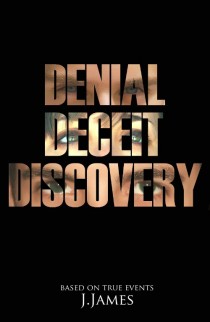
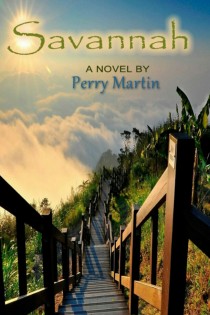
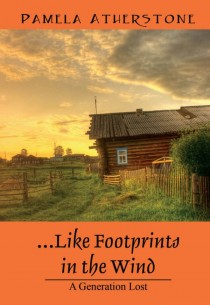
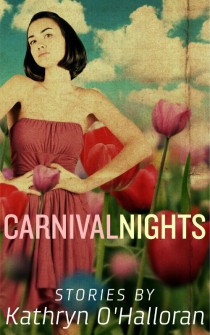

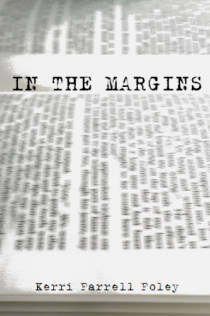
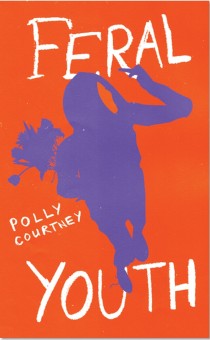

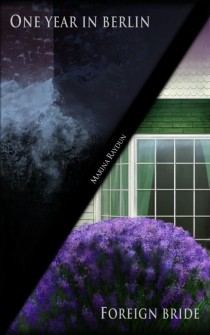
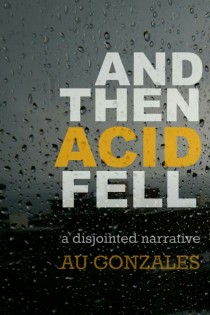

Leave a Facebook, Google+ or Wordpress Comment